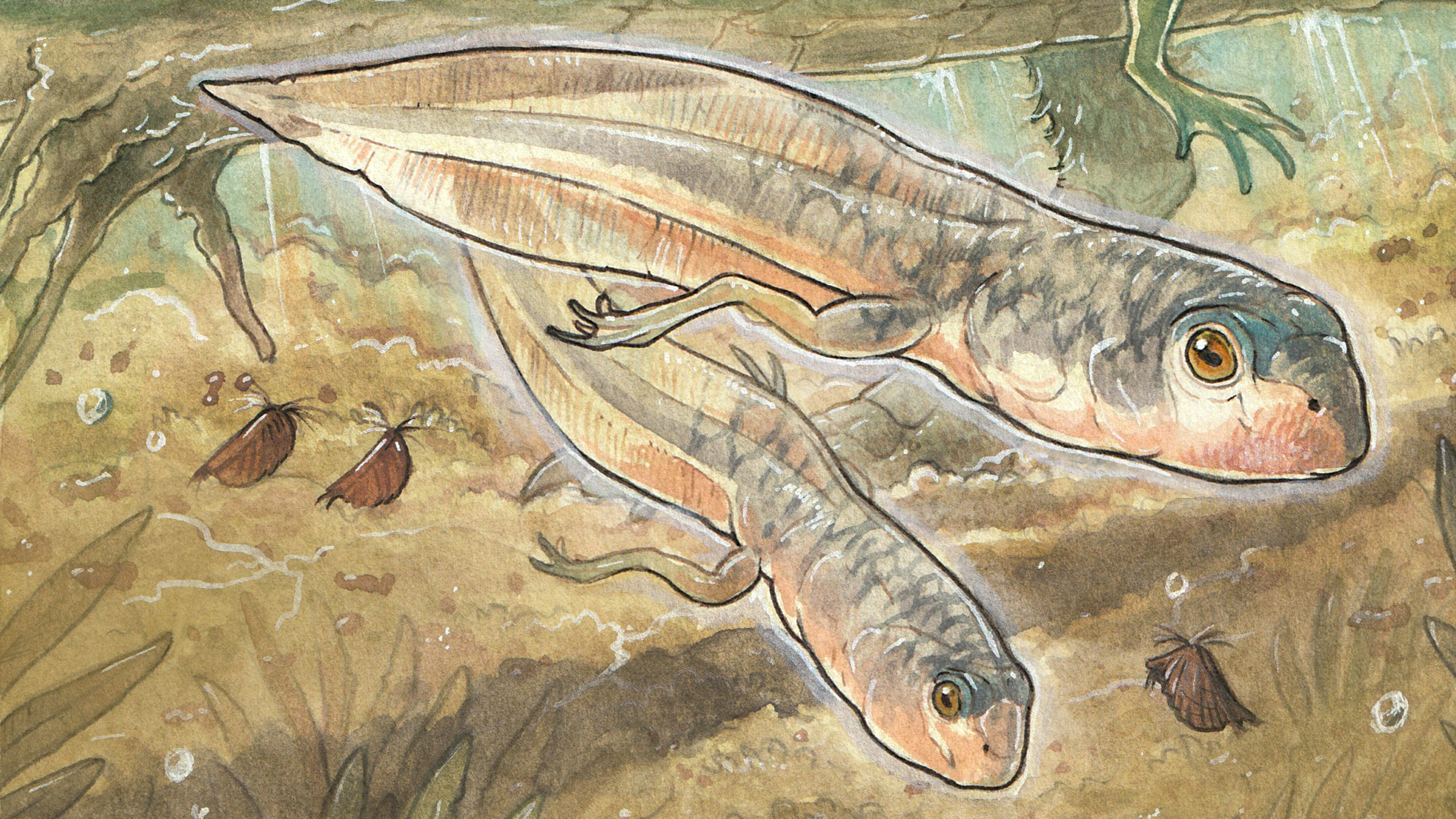Children, Vol. 10, Pages 581: Treatment of Fracture-Related Infections with Bone Abscess Formation after K-Wire Fixation of Pediatric Distal Radius Fractures in Adolescents—A Report of Two Clinical Cases
Children doi: 10.3390/children10030581
Authors: Markus Scharf Nike Walter Markus Rupp Volker Alt
Closed reduction and K-wire fixation of displaced distal radius fractures in children and adolescents is an established and successful surgical procedure. Fracture-related infections after K-wire fixation are rare but can have significant consequences for the patient. There is a lack of literature on the treatment of K-wire-associated fracture-related infections in children and adolescents. Herein, we report two cases of fracture-related infection after initial closed reduction and Kirschner wire fixation in two adolescents. One 13-year-old boy and one 11-year-old girl were seen for fracture-related infections 4 and 8 weeks after closed reduction and percutaneous K-wire fixation of a distal radius, respectively. X-ray and magnetic resonance imaging (MRI) revealed a healed fracture with osteolytic changes in the metaphyseal radius with periosteal reaction and abscess formation of the surrounding soft tissue structures. A two-staged procedure was performed with adequate debridement of the bone and dead space management with an antibiotic-loaded polymethyl methacrylate (PMMA) spacer at stage 1. After infection control, the spacer was removed and the defect was filled with autologous bone in one case and with a calcium sulphate–hydroxyapatite biomaterial in the other case. In each of the two patients, the infection was controlled and a stable consolidation of the distal radius in good alignment was achieved. In one case, the epiphyseal plate was impaired by the infection and premature closure of the epiphyseal plate was noted resulting in a post-infection ulna plus variant. In conclusion, a fracture-related infection after Kirschner wire fixation of pediatric distal radius fractures is a rare complication but can occur. A two-stage procedure with infection control and subsequent bone defect reconstruction was successful in the presented two cases. Premature closure of the epiphyseal growth plate of the distal radius is a potential complication.

 1 year ago
31
1 year ago
31


